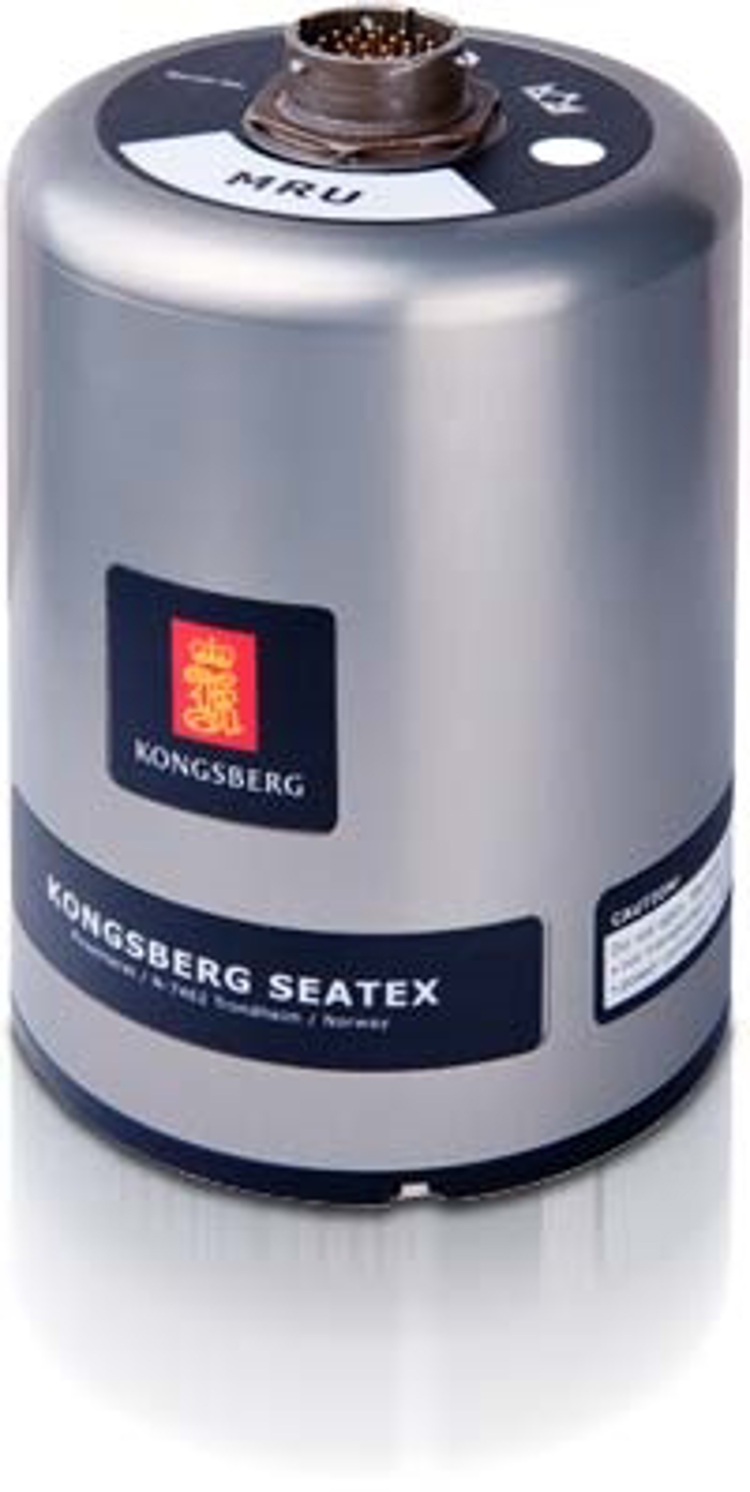5th generation Kongsberg Seatex motion sensor range expands.

Kongsberg Seatex, Kongsberg Maritime’s position reference specialist division is launching two brand new Motion Reference Units (MRU) at Oceanology International 2012. Both products are part of the company’s market leading fifth generation range of MRUs and have been designed specifically for survey and crane operations, and outside installations such as helideck monitoring.
The new MRU 3 is designed for roll, pitch and heave compensation applications including real-time heave compensation of echo sounders during survey operations and active heave compensation of offshore cranes. It provides heave measurements to meet IHO standards ensuring that echo sounder data is highly accurate pre and post processing, whilst offshore crane safety and efficiency can be also be improved. The MRU 3 achieves high reliability by using solid state sensors with no rotational or mechanical parts.
A second new model, the MRU E, is specially designed for use in marine applications that require an extended temperature range. It can operate at ambient temperatures from -25 to +70°C and can be installed on open decks, inside cabinets or on bulkheads. Typical applications include direct mounting under the helideck centre to measure 3-axes linear accelerations together with roll, pitch and heave. Because of the extended temperature range of the MRU E, no additional enclosure or cabinet is required and the system meets Helideck Certification Agency (HCA) requirements to measure helideck acceleration and calculate Motion Severity Index (MSI).
Both new MRUs accept input of external speed and heading information on separate serial lines or Ethernet for improved accuracy in heave, roll and pitch during turns and accelerations. For time synchronization the MRU accepts 1-second time pulse (1PPS) input on a TTL line (XIN) or as RS-232 or 422 signal. The MRU 3 and MRU E also make data available through an Ethernet interface enabling easy distribution to multiple users on board the vessel. Output protocols for commonly used survey equipment are available on two individually configurable serial lines and Ethernet/UDP, with communication protocols selectable in the Windows based MRU configuration software.